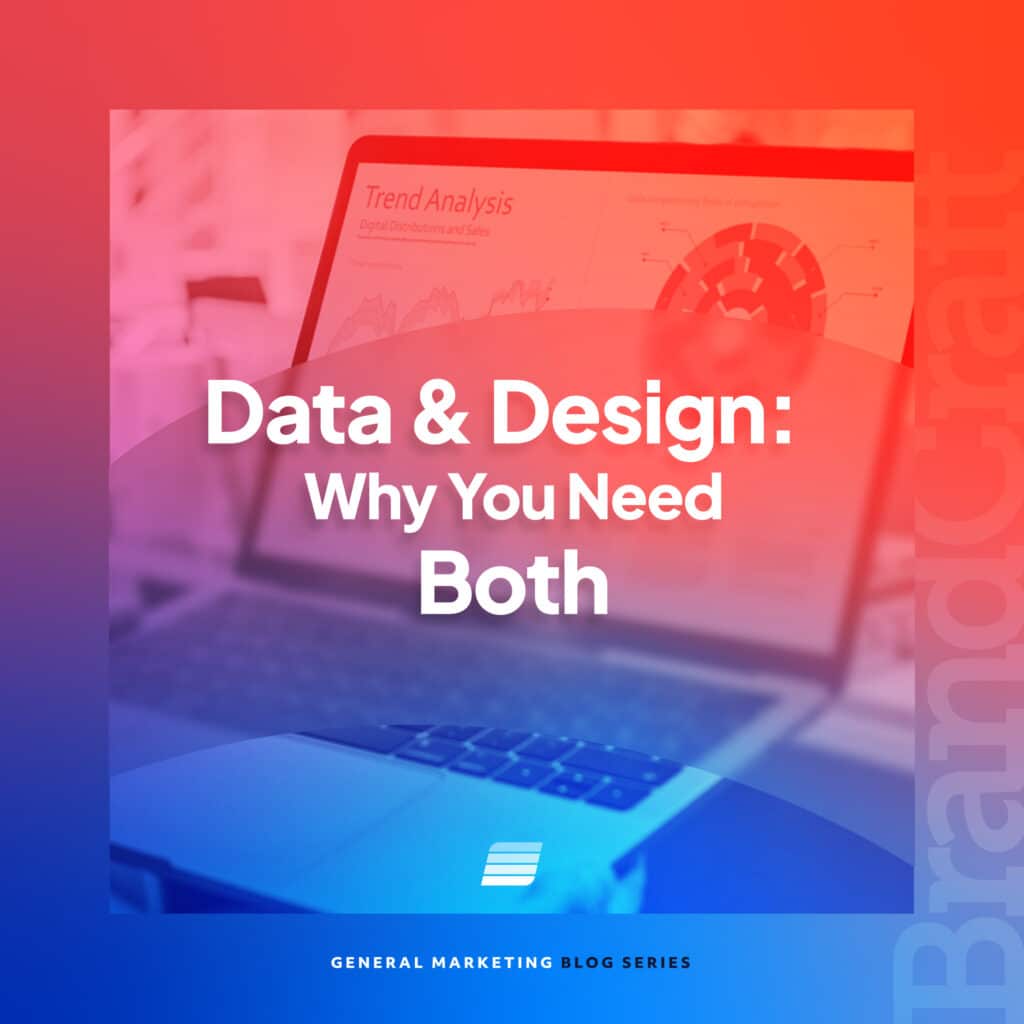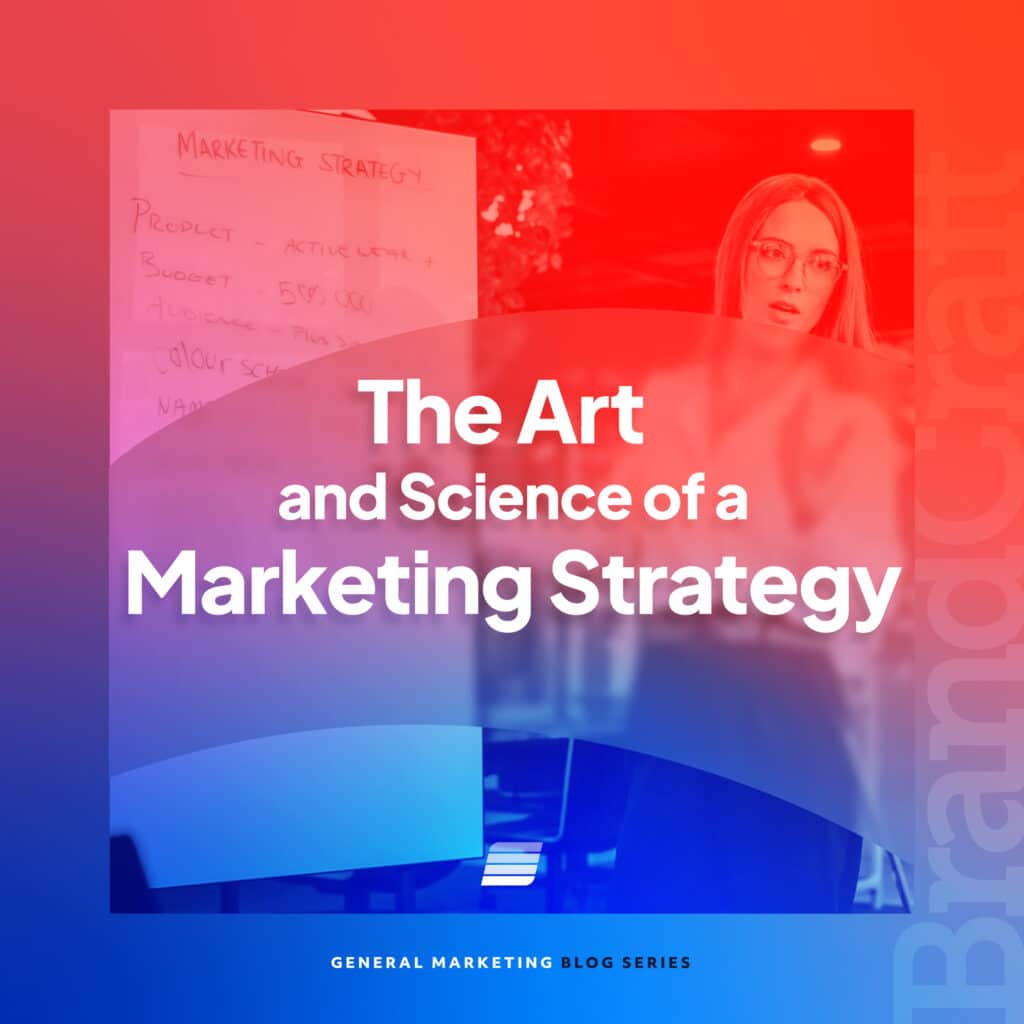How to Create Solid Website Copy That Works
November 22, 2022

This toolkit was developed to help our clients, partners, and marketing managers alike to streamline the copywriting process, improve the final result, and streamline the process of content development for websites. The major contributor to launch delays is website copy getting behind schedule. Content is the prerequisite for any website build and requires planning and attention to detail. The recommendations in this toolkit will help to keep content development on track and ensure results.
For the best creative outcome, your web designer must consume the content to design the best possible user experience. Great web designers consider opportunities for interactivity, infographics, and video for the best content delivery and storytelling. Great content creates stickiness for your brand and helps your product or service stand out over the competitors.
Why Website Copywriting & Content is Important
An amazing website design is not enough — balancing great design with solid content will gain the best results for your organization. Your website is not only an extension of your brand, it is one of the most important sales and marketing tools. Generating website copy that gets results is the best plan for success. Taking the time to determine why your product or service is unique and the key customer benefits are paramount to developing an effective online experience. Supporting benefit-driven copy with calls to action will inspire customer interactions and impact sales.
Competitive Research: Defining the Industry Landscape
The content development process starts with competitive research to understand the industry landscape to ensure a unique and standout approach. Observing the industry as a whole will help to determine how to promise what your competitors cannot. This process will also help to identify the cliches or commonalities to stay away from.
Some key questions to answer in this process:
- Why is your product or service unique?
- How is your organization different in approach or process?
- What advantages exist over the competition?
- Why should your target audience choose your product or service?
- How is your product or service a better solution than the competition?
With a good understanding of the industry landscape under your belt, it is time to take a look at your target audience. Understanding who they are and their needs and desires are the next level in upfront research and planning.
Target Audience Personas: Who Are They and What Are They Looking For?
Defining your target audience(s) is a natural start to the web copy generation process. It is crucial to know who you are speaking to and what drives them to take the next step. Defining their demographics and psychographics helps determine what messages will gain a result.
Personas are fictional characters, which are created based on research to represent the different user types that might visit your website. Defining your target audience will help you understand your users’ needs, desires, fears, behaviors, and goals. This process will help recognize that different people have different needs and expectations, and help you identify them.
It is a best practice to answer questions like:
- Why should they care about your product or service?
- What problem does your organization, brand, or product solve?
- What are the benefits?
The answers will help you determine what users are hoping to accomplish on your website and what content will get them to act. It is a great reference point to get into the heads of visitors to your site and look at the user experience from their lens.
Strategic Planning: Define Your Approach
Establishing your goals and objectives will help determine the best strategy for your website copy. As a part of the planning process, it can be helpful to develop your mission statement. Having an action-based statement defines your why and how you serve your customers. This high-level strategic thinking will be a guide to ensure you are on strategy with the content.
Alternatively, you may consider the use of your company’s unique selling proposition (USP). A unique selling proposition is what makes your business different from everyone else in your market.
A USP represents the uniqueness of the brand and will likely stick out as something customers will remember. It’s worth going through the appropriate exercises to define what differentiates your company from your competition within the industry. At BrandCraft we provide guidance and the tools to help you establish a solid brand. Schedule a consultation with a brand strategist to get started today.
Some key planning questions to ask are:
- Why does your organization, product, or brand exist?
- Whom do your customers value most?
- If your website could only have one key goal, what would it be?
- What do you want someone to know about your organization and brand?
A deeper look at information architecture
The architecture of your site is crucial in how it navigates and how users find the information they are looking for. An information architecture (IA) document defines how the site will be structured and the content areas on your website. This blueprint will help organize your website copy approach and ensure you are delivering it succinctly. The goal of developing an information architecture document is to help users find information and complete tasks on your website.
Example: Here is a sample IA for a fictional company.
Going a step beyond planning for users of your site — it is also important to consider the needs of search engines. Considering the keywords for each page and writing them into the content is a key aspect of writing for the web. Taking time to understand and analyze how people may find and access your site is an important point of view for writing solid content for your website.
A solid content strategy based on these factors will make for a smoother process and stronger content for your site.
Sales and Marketing: Driving the User Flow
Viewing your website as a sales tool is a way to make sure it is working for your organization. A principle in content development for a website is to define the customer journey. Thinking like your target audiences will help to see what the marketing flow may be.
A road map for a customer journey answers the following questions:
- What are the paths to success?
- Are you selling a product?
- What are the conversions for success?
- Are you generating a sales lead?
- What is the ultimate end goal for a user of your site?
The next step is to define the call-to-action (CTA) that gets the user to take the next step. Developing a set of hard-sell and soft-sell CTAs is a valuable approach. If visitors to your site are not ready to make a purchase or sign up for your service, a soft-sell CTA allows you to capture a subscriber on your email list or gain a social media follower. These are both ways to stay in front of these warm leads and nurture them to a sale in the future.
It’s a great step to consider how you will measure the success of your website. What are the KPIs? What conversions are we hoping visitors will take? Knowing what success looks like will allow you to generate the right website copy that helps your organization succeed.
If you’re redesigning an existing website, it is smart to review the analytics for the current site. Are there any learnings that may help with the site structure and marketing flow? Do you have any dead-end pages? Are there effective CTAs on every page? Are your users able to find what they are looking for?
Content Development: Writing Compelling Website Copy
When writing copy, it is crucial to define how you will tell your story. The answers to the planning questions will help guide this process. Developing content with your uniqueness, customer benefits, and CTAs to drive action are the goals in this step. Using your IA to ensure you are not redundant in your messaging is also a key aspect of writing for the web.
Looking at this from a big-picture view — it is paramount to write content that people will actually want to read. Defining your brand voice and tone will ensure you have personality and develop consistent content throughout your web experience. Consider how your message will resonate with your key target audience.
In a previous brand guide, we developed and packaged for our client, the image below displays how their company demonstrates its brand voice.

Think about what they need to hear, not what you want to tell them about your product or service. Starting with them in mind is a great lens to ensure you are writing compelling content.
Best Practices
Here is a checklist of considerations to write solid web content:
- Write in an active voice. Use CTAs that drive action.
- Make it relevant. Ensure the content is concise and to the point.
- Define the tense (past, present, or future) and person (first or third person). Be consistent.
- Make it memorable. Use interesting headlines that are benefits-driven and actionable.
- Develop an FAQ. Are you receiving lots of instances of the same question? How can your website solve business challenges and save your organization money?
- Make it believable. Your content must be authentic for customers to believe in it (and hand over their hard-earned dollars).
- Complete a competitive review so your organization, product, or brand can stand out in the marketplace. What are your competitors saying? How will you differentiate?
- Write with SEO in mind. Search engines define how searchable you are.
- Make it timeless. Your web content should be relevant today and consider how the brand may expand in the future.
Conclusion
We hope this toolkit is a helpful start to developing solid website copy. We’ve only touched the surface of what goes into professional content writing for a website, but hope some of these key points help make your content more effective. These tips are worth considering in improving your content writing and ultimately getting the best response possible.
BrandCraft is here to help — our writers are available to consult or help to develop effective website copy. Please let us know how we may assist in your website content strategy.







